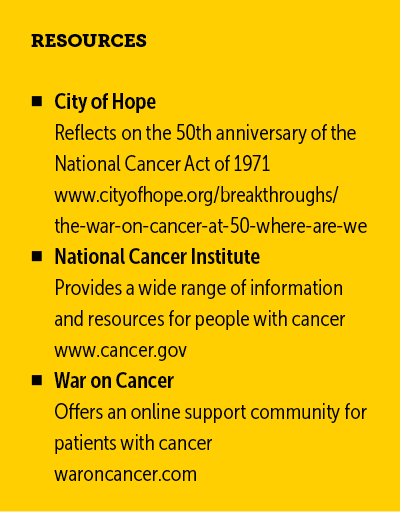How Do We Adequately Staff an Outpatient Oncology Unit?
Working in an outpatient setting for more than 10 years has presented its set of unique challenges. One of these challenges is how to appropriately staff in a fluid environment. Many questions arise, including the following: Should an acuity system be used? If so, what does that look like? How is a patient’s acuity assigned in an adequate time for nursing care? How are enough staff members scheduled to safely care for patients without overstaffing and blowing the budget? How do we maintain patient and nurse satisfaction?
Jump to a section
Working in an outpatient setting for more than 10 years has presented its set of unique challenges. One of these challenges is how to appropriately staff in a fluid environment. Many questions arise, including the following: Should an acuity system be used? If so, what does that look like? How is a patient’s acuity assigned in an adequate time for nursing care? How are enough staff members scheduled to safely care for patients without overstaffing and blowing the budget? How do we maintain patient and nurse satisfaction?
I work in a 16-chair short-stay outpatient unit administering chemotherapy and supportive treatments. It is open 12 hours a day, with limited staffing on the weekends. All nurses have chemotherapy competencies; two nurses are oncology certified nurses. Our unit secretary is considered an air traffic controller.
When determining how to staff this unit, we considered several factors, including the appropriate RN expertise for the type of care we provide, the number of staff members scheduled daily, the ability to make adjustments to the schedule as needed, and how to balance volume with the amount of time needed to provide the ordered treatments. There was already a built-in solution in our organization to determine the solution to this problem: the shared governance model. We use this model for practice that promotes teamwork, team decision making, and positive changes within our organization. Staff members were asked to provide input, which helped to foster an environment of autonomy and ownership that contributed to nursing satisfaction.
When we started on the journey, we looked at standards for staffing in the ambulatory setting, but there were limited guidelines. We looked at tools for assigning acuity; they were helpful but did not meet our needs. Therefore, we took information from various resources and built our system. We do not use an acuity system per se, but we started using an electronic scheduling module that has helped to drive our processes. The system that the staff designed assigns a time allotment to the ordered treatment. As a team, we retrospectively looked at the amount of time in which it was requiring the nurse to complete treatment. We then averaged these times and came up with the framework for the schedule. Special considerations are for individual patients’ needs, such as patients who require total care, or who have incontinence or language barrier issues. When treatment orders are received and special consideration questions are answered, the appointment is made in the scheduling system and an automatic time allotment is set. Any staff member in the outpatient units can schedule a patient, so everyone can see what is scheduled and the time allocated for the appointment.
At the end of each day, two nurses look at the schedule for the following day and make a collaborative decision on what the staffing needs are. If the schedule is full, we develop a team plan for the day. Having a team plan where all vested parties are considered promoted ownership of the unit and a family environment, which transferred to excellent patient care.
The main takeaways from this journey for us have been team building, buy-in from team members, ownership in our practice, and autonomy. Team building is a necessary attribute for successful determination of adequate nurse–patient ratios in an outpatient oncology unit. Team building leads to autonomy, buy-in from team members, and ownership of the practice. Adequate nurse–patient ratios in an outpatient oncology unit can result in increased nurse and patient satisfaction. This approach has led to happy nurses, happy patients, and happy families. 
About the Author(s)
Lori Reynolds, BSN, RN, OCN®, is an RN and a cancer program outreach coordinator at Conway Regional Health System in Arkansas. Reynolds can be reached at lreynolds@conwayregional.org, with copy to CJONEditor@ons.org.

